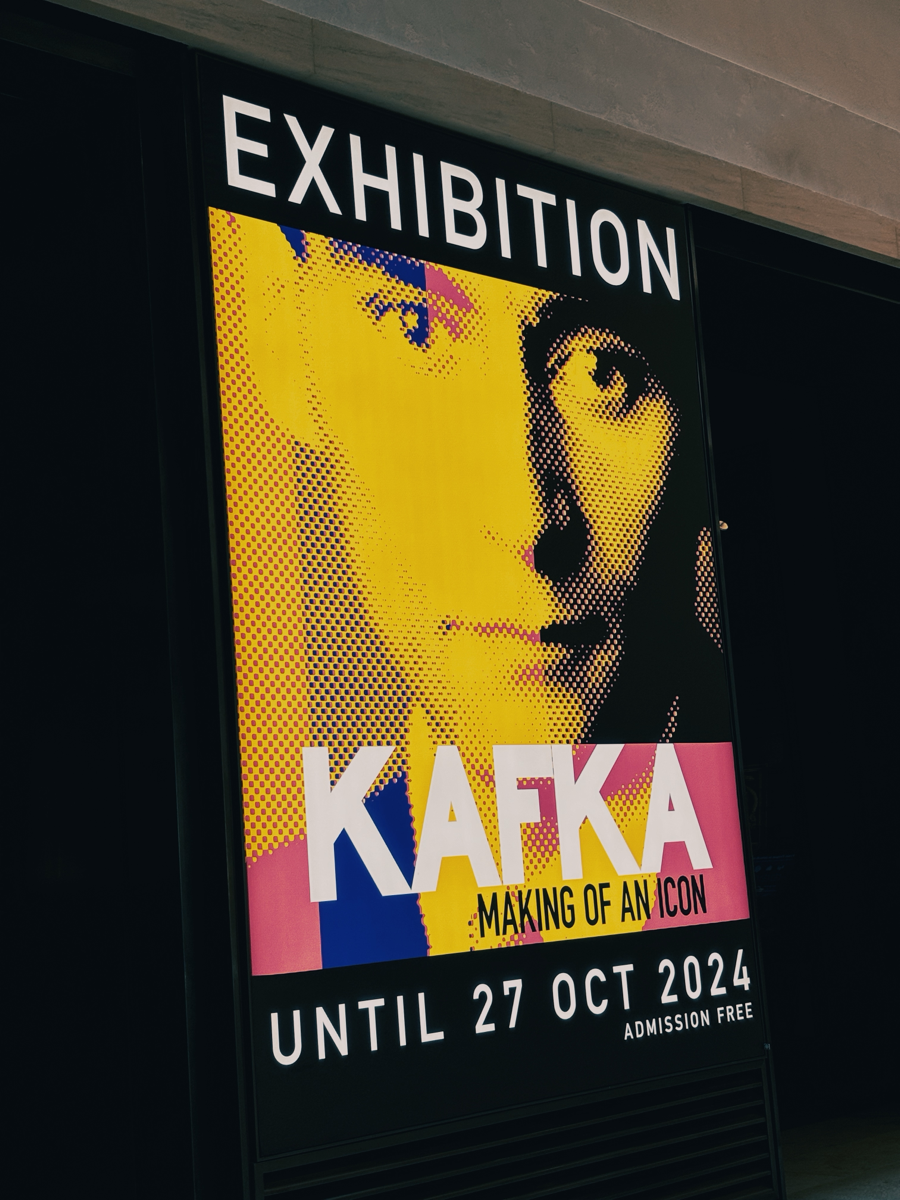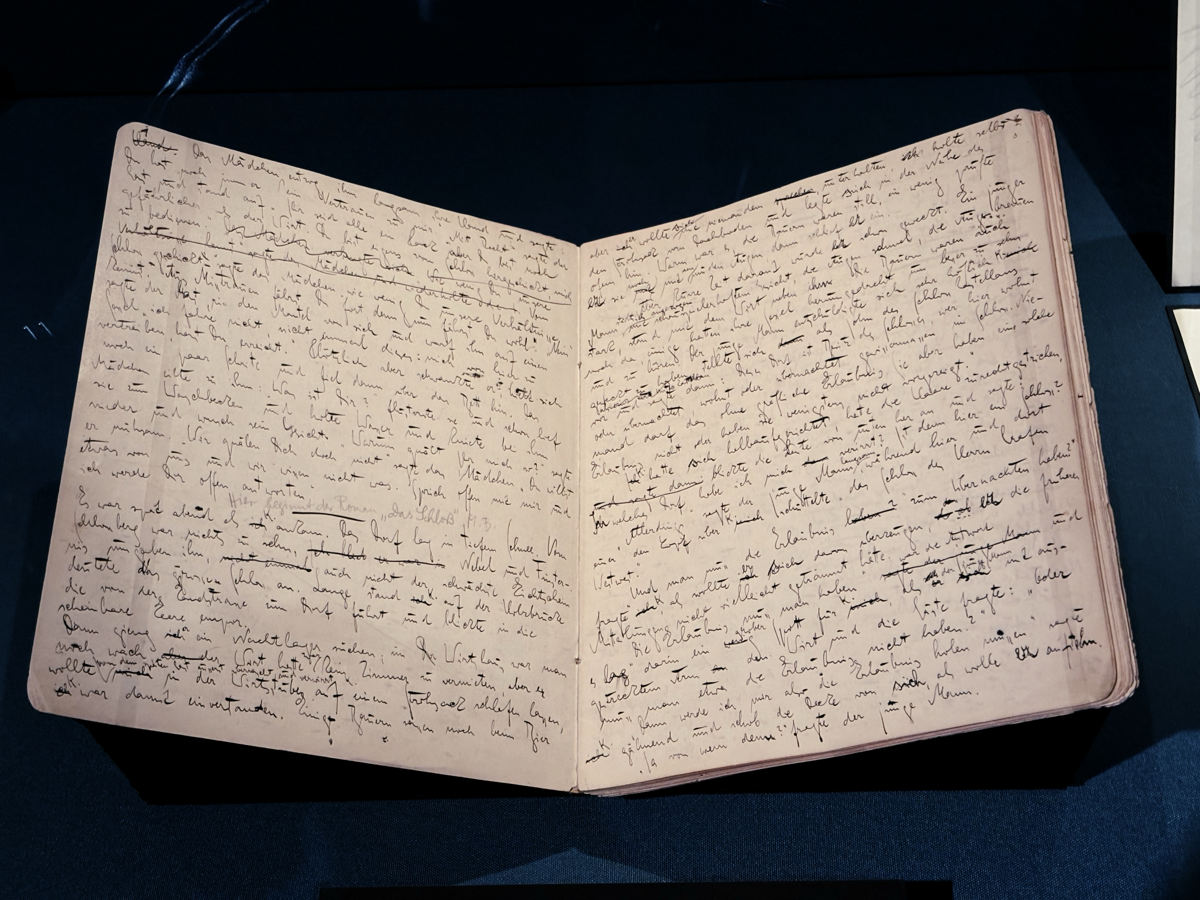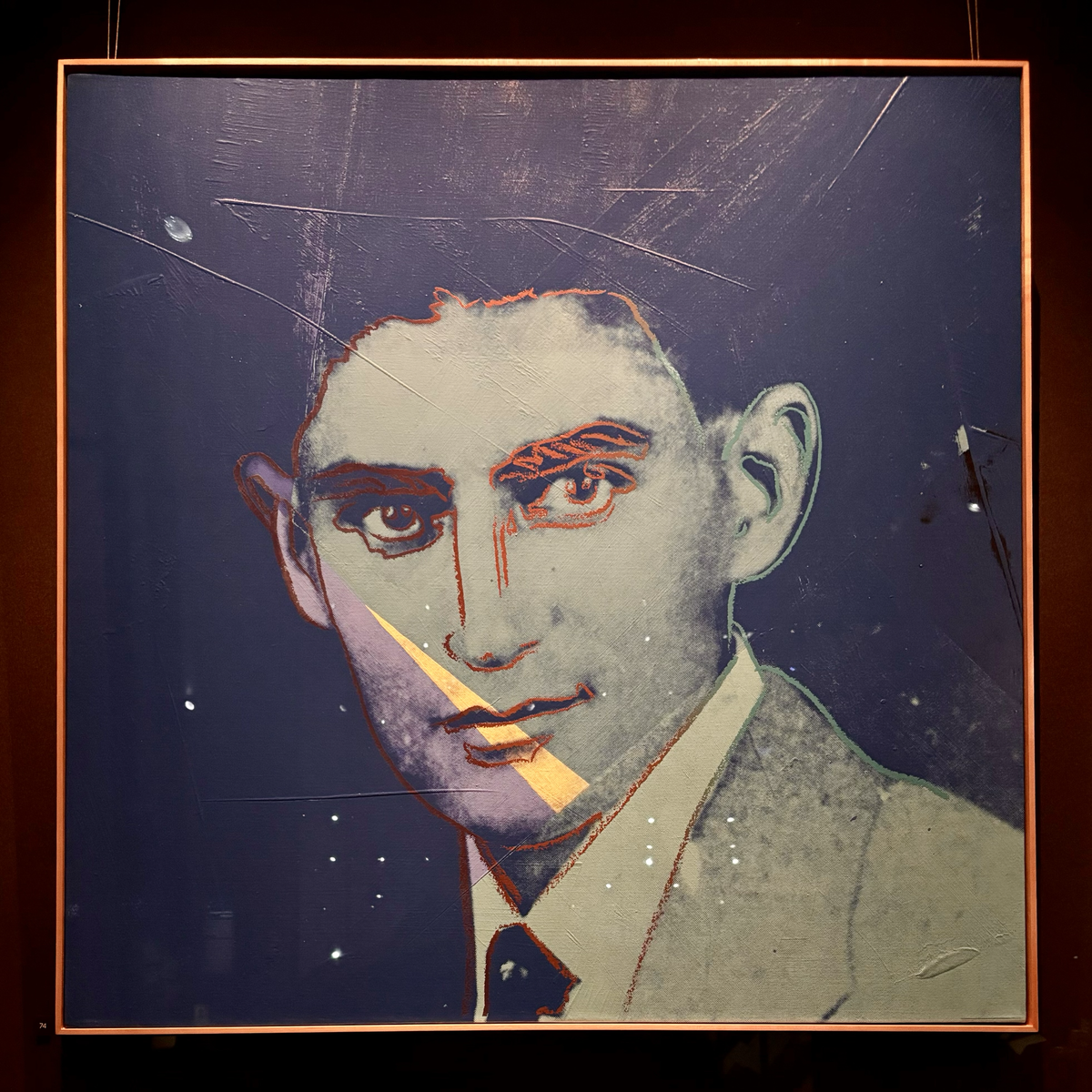This issue is also available on the web →
Hi, hello, how are you? The moon is once again full overhead, and this is your friend Adam writing to let you know that — for the record — it wasn’t me this time who laundered garments with tissues in the pockets.
Hi, hello, how are you? The moon is once again full overhead, and this is your friend Adam writing to let you know that — for the record — it wasn’t me this time who laundered garments with tissues in the pockets.
It’s nearing the season where I low-key grumble persistently about the heat, but at the time of writing I have seemingly found the proper arrangement of windows, curtains and furniture to mitigate the worst of it at least into early afternoon.
•••
My thanks to the people who answered my call to report acts of guerrilla street theatre that they encountered. SL wrote to say they 'stood and watched a cat playing with the end of a tarp at a construction site. I was mesmerized. I took some videos of the cat'. These videos were not shared with me, but that's for the best. What is being communicated in these moments should probably remain between the performer and the lucky recipient of the gift being offered. (I wrote a post about a decade ago, titled 'On Performance', and I stand by it.)
EG also told me that they had been treated to a piece titled ‘High on Life’, in which two performers acting... chemically altered, had engaged in spirited debate in a public space, before one of them broke off to dance to a street musician’s rendition of the Kaiser Chiefs’ ‘I Predict a Riot’.
•••
Monday 3 June was the centenary of Franz Kafka's death. To mark the occasion – and as a culmination to the recent Oxford Reads Kafka campaign (which I noted back in March) – the University hosted a reading of Kafka's 'The Metamorphosis' (1915) at The Sheldonian Theatre.
More than a dozen participants read about five pages each of the text. Some were students, some artists (including Sir Ben Okri, Lemn Sissay and Hanif Kureishi), some academics, and some visiting dignitaries.
The last time I was in the Sheldonian it was to see Ali Smith receive the Bodley Medal, and I was struck on that occasion by how homogenous the audience seemed: an overwhelming majority were in their older age, and women outnumbered men at least 10:1. At the Kafka event, things were very different. It was heartening to see a crowd comprising people of all ages, genders and races. Proof enough that Kafka’s peculiar spell still speaks to people from all walks of life, even a century after his passing.
This diversity was also present on stage. It added a great deal to the experience to hear portions of the text (originally written in German, translated to English by Joyce Crick) read in a variety of accents, including (but not limited to) Irish, German, Liverpudlian and American.
I’ve attended my share of readings in the past, but I don’t recall having previously been at one where audience members were issued a copy of the text as they entered. There was something a little special about witnessing a few hundred people, sat in silence, listening to the orators, and then — in unison — turning a page.
Across a couple of visits, I’ve also made my way around the impressive exhibition at the Weston Library, Kafka: Making of an Icon. Curated by academics from the Oxford Kafka Research Centre and the Faculty of Medieval and Modern Languages, it’s a dense and impressive collection of artefacts, arranged so as to give impressions both of Kafka the man, and Kafka the literary figure.
Postcards and diary entries build context around the author’s family and friendships, and also his health, state of mind and creative processes. I love when an exhibition like this can take you beyond an artist’s published works, to show something of the manner in which they conducted their lives. It was perhaps unsurprising, but nevertheless exciting, to discover that Kafka’s language was as rich and intriguing in private as it is in published form; I found myself noting down several phrases from letters and diary entries:
A book must be the axe for the frozen sea inside us
— Letter to Oskar Pollak, 27 January 1904
Travelling without luggage; the hand is free to hold the head
— Diary, 1 September 1911
in Berlin a Parlograph will answer the phone and in Prague a gramophone, and then these two will have a little conversation
— Letter to Felice Bauer, 22-23 January 1913
And, though my high school German has atrophied almost to nothing, there’s an undeniable thrill in standing so close to original, handwritten manuscripts. Not least of all when you consider the route by which they arrived in the glass case before you:
In March 1939, just ahead of the German occupation, [Kafka’s friend Max] Brod fled Prague carrying a suitcase of Kafka's letters, diaries, and manuscripts. As the manuscripts travelled from Prague to Tel Aviv, to Jerusalem, to Zurich, and onwards to Oxford, individuals including the Jewish publisher Salman Schocken, the family heirs, and Oxford Kafka scholar Sir Malcolm Pasley, all contributed to preserving the manuscripts for posterity.
Also — one of the exhibition highlights for me — Warhol’s painting of Kafka, from his 1980 series ‘Ten Portraits of Jews of the Twentieth Century’, on loan from a private collection.
Alongside the main exhibit, there is also a screening room showing excepts from Arthur Pita's 2011 adaptation of ‘The Metamorphosis’ for the Royal Ballet, in which one can watch principle dancer Edward Watson twist himself into the most unlikely of shapes, and cover himself in some form of dark, oily substance. As you exit that space, don’t miss the terraria full of cockroaches and dung beetles, positioned to bid you goodbye.
Last week, I announced the tenth edition of my summer read-along project, Sipped Ink. Since 2014, a growing group of likeminded readers has come together each year, to read a lengthy novel at a relaxed pace. This time around — to celebrate ten years of the read-along — we’re going big: Stephen King’s The Stand (Complete and Uncut) is 1,211 pages and 472,376 words, but we’ll take it a chunk at a time across twelve weeks, and each Sunday I’ll send out a newsletter issue discussing the week’s progress.
If that sounds like fun, you can find all the information you need, and sign up for free, via this page. Plus, if you have anyone in your social circle who may be interested, you can send them to sipped.ink to learn more.
•••
In the online notebook recently:
• Colour co-ordinated listening (1); (2) (please, send me yours);
• Rachel Cusk fandom vs tsundoku;
• Teasing a (possible, probable) project for 2025.
•••
The best piece of non-fiction I read this month was a long article in The New Yorker: ‘Kanye West Bought an Architectural Treasure — The Gave it a Violent Remix’. Like many music-obsessives, I was impressed by a lot of Kanye’s work up through about Yeezus (2013), before becoming increasingly less impressed, and then increasingly more concerned. Ian Parker’s essay doesn’t shy away from Ye’s bipolar diagnosis, or his increasingly bizarre and unacceptable behaviour, but it is primarily focussed on other questions. What gives a construction architectural significance? Who gets to decide the final form of a work? Where are the boundaries between functional minimalism and impractical austerity?
Even if you’ve never enjoyed a note of West’s music, and even if Tadao Ando’s spare, heavy-on-the-unadorned-concrete architectural style isn’t to your liking, I still recommend the article. It describes a fascinating push and pull of egos, and the toll it takes on the building at the centre of the story is compelling. (At the very least, click through that link above and watch the drone shot.)
•••
Some bullets to take us out, gently:
• The first couple of videos on (Vox alums) Joss Fong and Adam Cole’s new channel Howtown, are up. The debut is an excellent 10 minutes titled ‘How do they know dogs are colorblind?’;
• I was recently linked to this series of videos made by Jonas Hollerup Halle, in which they cut together interviews originally from Charlie Rose's show, such that participants now appear to be talking to one another, instead of to Rose. In large part they're entertaining, and carry a hint of mild disorientation. One in particular, however, stood out: this conversation between departed greats Robin Williams and Philip Seymour Hoffman is haunting stuff.
• Please accept these recommendations for the movies Broker (2022) by Hirokazu Kore-eda ★★★★★, and Cory Finley’s Landscape with Invisible Hand (2023) ★★★★☆ – the latter another item checked off my Annapurna list;
• Heavy on the videos this time around, but apparently 14-year olds are landing 900s now, and the relentless progression of human talent is to be celebrated. Twenty-five years ago no one in the world had ever stuck one of these; now kids are doing it.
• Music pick of the issue is going to the debut album by O.: WeirdOs. Be forewarned: I have very little idea how to classify this release, which involves a saxophone played through various effect pedals. (Is ‘sludge jazz’ anything?) However, particularly if you ever got into artists like Battles and black midi, try this for a couple of tracks.
•••
OK, thanks for reading. I actually have to immediately start thinking about another newsletter, to kick off the read-along next week — there’s still time to join!
The next issue of Syzygy Business will be with you on 21 July. Until then, please take excellent care of yourself. May your coffee be iced and your fan blades spin true.
✌🏻



